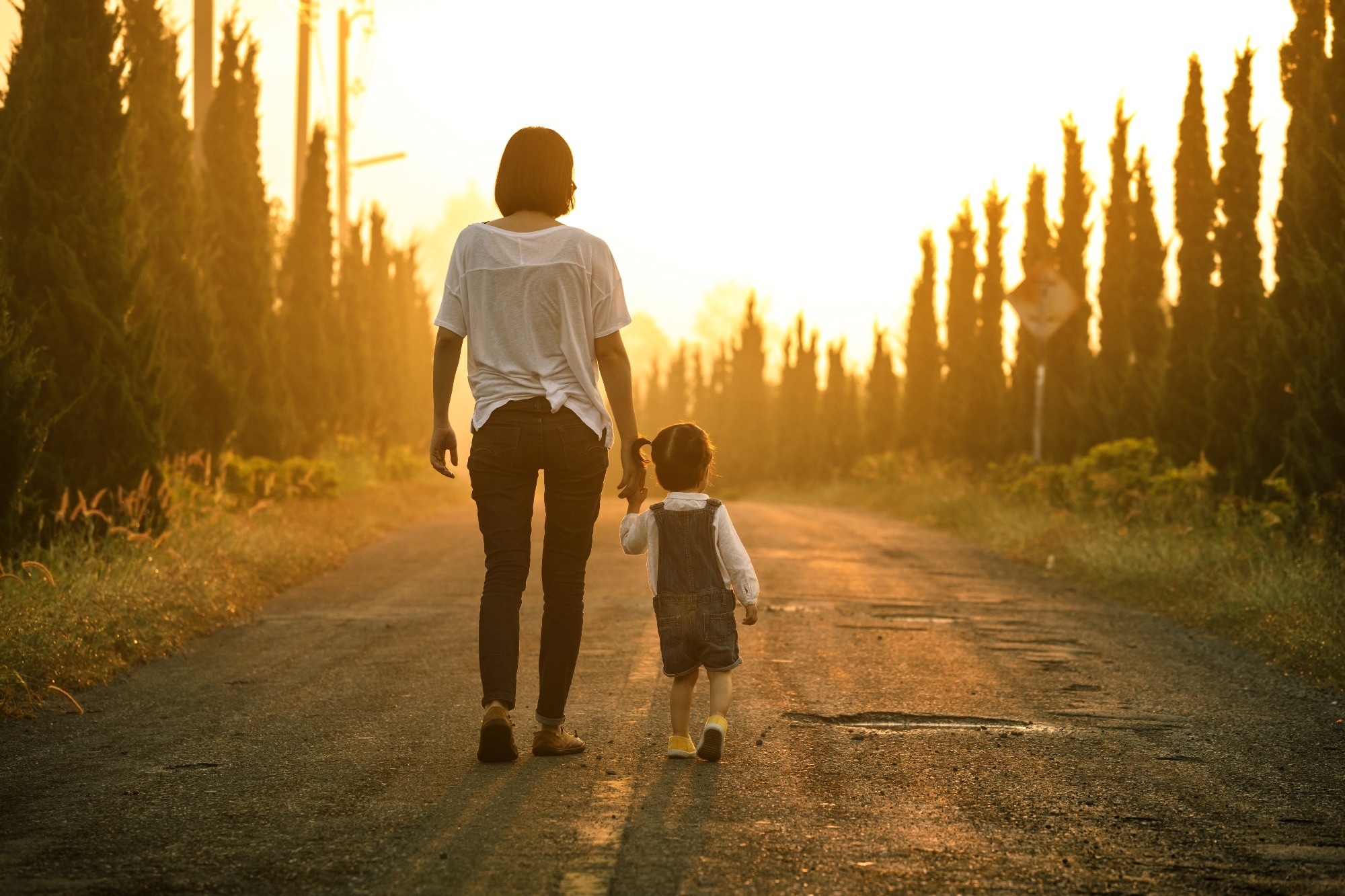In a recent article published in the journal Scientific Reports, Matthew Zipple of Cornell University, USA, used mathematical modeling to assess the impact of childhood mortality in the United States (US) in the 20th century on female mortality. He found that a significant decline in childhood mortality during 1900–2000 indirectly led to a substantial decrease in female mortality, leading to an extension of the female lifespan by approximately one year after age 15 in the US.
Article: Reducing childhood mortality extends mothers’ lives. Image Credit: DONOT6_STUDIO / Shutterstock
Background
The significant decline in childhood mortality during the twentieth century, particularly in the US, resulted in a substantial decrease in the proportion of mothers experiencing child loss. This reduction, estimated at 96%, had profound implications for maternal health and survival. Studies across various societies have consistently shown that the loss of a child increases maternal mortality risk, with impacts extending across reproductive ages and even decades after the child’s death. Evidence suggests a causal relationship, as maternal mortality risk increases significantly following child loss, while such a relationship is weaker or absent for fathers. The decline in maternal bereavement is hypothesized to improve maternal survival and extended lifespan for women in the US during the twentieth century. Therefore, the present research aimed to examine the subsequent consequences of a decrease in childhood death and total fertility in the US between 1900 and 2000 on maternal bereavement frequency, female mortality rate, and female life expectancy.
About the study
The significant decline in the fraction of females experiencing child loss during the twentieth century shifted nearly all women of reproductive age in the US into a single group that had not experienced child loss, effectively aligning their mortality risk with that of non-bereaved females.
In the present study, three parameters collectively enable the inference of mortality experienced by non-bereaved and bereaved women at a certain time: (1) the observed age-specific mortality for all women in a population, (2) the relative mortality risk faced by non-bereaved women compared to bereaved women and (3) the proportion of women of a certain age expected to experience bereavement. Age-specific mortality rates and relative risk ratios for bereaved females were estimated from historical data and literature. As the research did not utilize any individual-level or confidential data, no research ethics approval was necessary.
A simulation model was constructed to estimate the proportion of females experiencing child loss at various ages, using period tables of female death and fertility data. These estimates were then used to infer age-specific mortality rates for females not experiencing bereavement. The reduction in child loss from 1900 to 2000 was evaluated to determine its impact on female mortality rates and life expectancy.
In a new publication out in @SciReports, I argue that reductions in the frequency of child loss in the 20th century extended female lifespan by about 1 year in the US, a previously undocumented source of increased longevity.https://t.co/cwtGY6V6l4 pic.twitter.com/Cv2v7GsexL
— Matthew Zipple (@MatthewZipple) May 9, 2024
Results and discussion
The reduction in childhood mortality in the US in the 20th century substantially decreased the fraction of females experiencing bereavement. Simulation results indicated a dramatic decrease (>95%) in the proportion of females experiencing child loss, leading to corresponding reductions in population-level female mortality rates. The reduction in child loss was estimated to have decreased overall mortality risk for females aged 15 to 49 years by 11% to 15%, contributing significantly to the total decrease in mortality faced by this demographic group during the period. Furthermore, the reduction in child loss may have increased the average female lifespan after age 15 by approximately 0.9 to 1.2 years. The projected effect of decreasing the incidence of child loss on the median female lifespan after age 15 was estimated to be between 0.8 and 1.0 years.

The inferred rates of mortality for non-bereaved females in 1900 are substantially lower than the observed mortality rates. Elimination of child loss would have shifted all females into the non-bereaved category, resulting in an overall reduction in population mortality.
Overall, as per the research, reducing childhood mortality not only seems to benefit children but also has positive downstream effects on maternal health and lifespan, particularly in less- and least-developed nations where parental bereavement rates remain high. However, the study’s assumptions regarding constant hazard ratios for maternal bereavement across the reproductive lifespan and over time and space may oversimplify the complexity and cultural specificity of these phenomena, potentially limiting the generalizability of the findings.
Conclusion
In conclusion, the significant decrease in maternal bereavement due to child loss between 1900 and 2000, particularly in the US, is estimated to have indirectly increased maternal lifespan by approximately one year. This study highlights the importance of policies prioritizing the reduction of child loss through strategies such as lowering child mortality rates and improving access to family planning resources. While the research draws on data primarily from Europe and North America, further research across diverse cultural and developmental contexts is essential to assess the consistency or variability of this effect on maternal mortality.
